Email cannot be empty
Password cannot be empty
checkout as a guest
or
Facebook
Google
Email format error
Email cannot be empty
Email already exists
6-20 characters(letters plus numbers only)
The password is inconsistent
Please enter the email address you’d like your password reset information sent to.
Email format error
Email cannot be empty
Email does not exist
Reset account password
For the account
6-20 characters(letters plus numbers only)
The password is inconsistent
Reset success
Your password was reset. You can log in using your new password.
Login
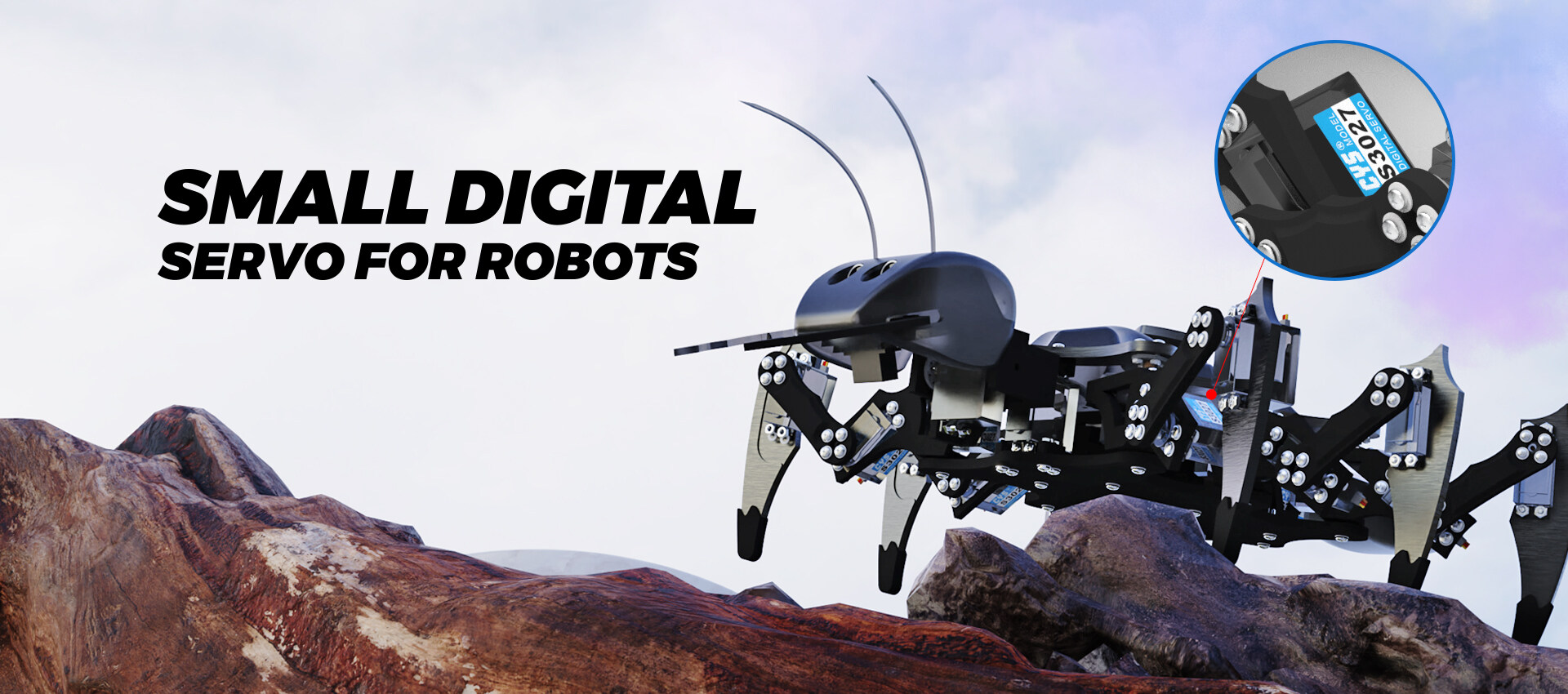
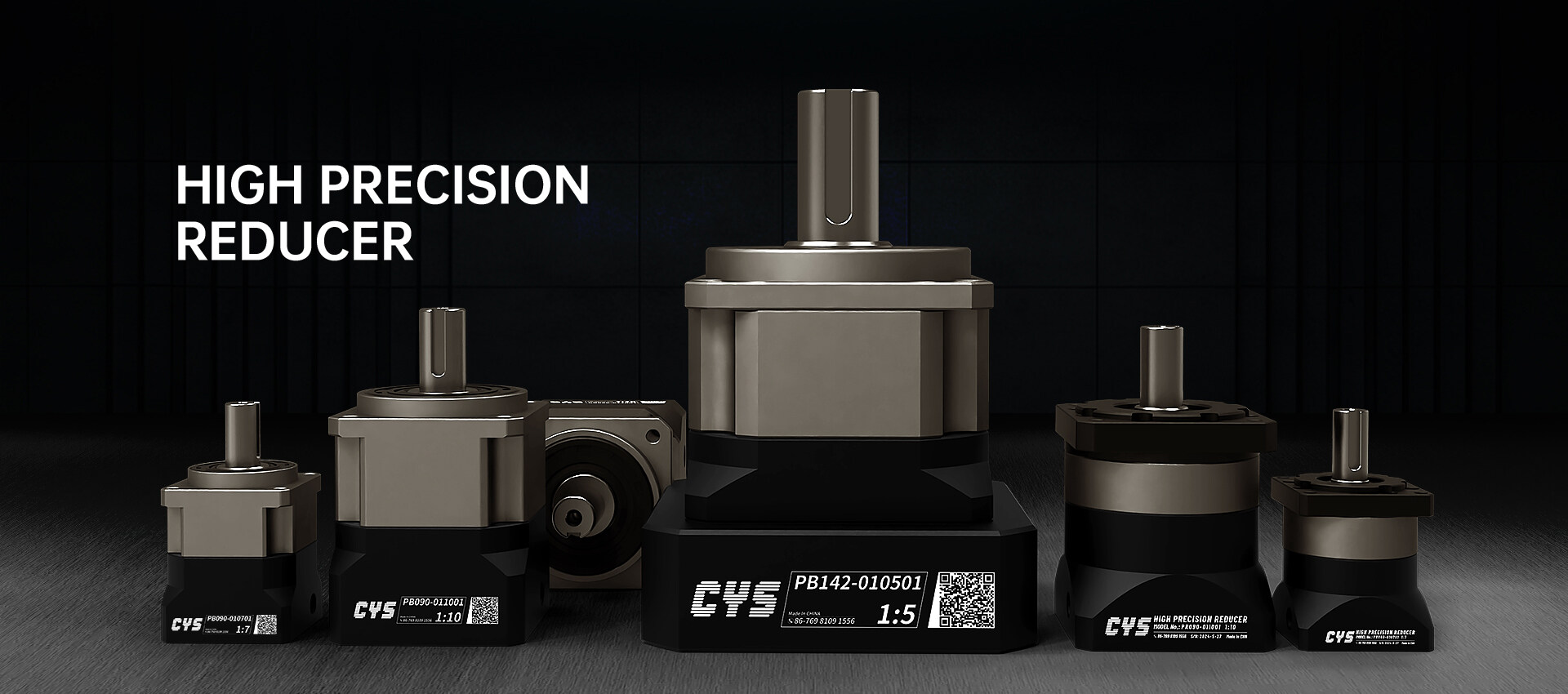
Unveiling the Mysteries of Reducers: The Wise Transformers of Industrial Power
2024-08-17 16:22:12
Introduction
In the vast landscape of industrial realms, reducers stand as unsung yet indispensable heroes.
With their unique capability of decelerating and enhancing torque, they provide stable and
robust power support to a myriad of mechanical devices. Today, let us delve into the world of
reducers and explore how they have emerged as the intelligent choice for industrial power
transmission.
I. Definition and Role of Reducers
Firstly, let's clarify the definition of reducers. Serving as the bridge between motors and loads,
reducers transform the high-speed, low-torque power of motors into low-speed, high-torque
outputs through precise meshing of internal gears. This conversion process enables
mechanical equipment to operate smoothly under various working conditions, fulfilling
diverse production requirements.
II. Working Principle of Reducers
The working principle of reducers is not intricate, yet its design is exceedingly intricate. When
a motor starts, power is transmitted through the input shaft to the reducer's gearbox. Inside
the gearbox, multiple drive gears engage with each other at specific ratios, achieving a
reduction in speed and an increase in torque. Ultimately, the converted power is transmitted
through the output shaft to the load, driving it into motion.
III. Application Fields of Reducers
The application scope of reducers is exceptionally broad, encompassing virtually all industrial
sectors that require power transmission. From heavyweight machinery such as metallurgical
equipment and mining machinery, to precision devices like automation equipment and robotic
arms, and even everyday essentials like elevators and automatic doors, reducers play a pivotal
role.
IV. Advantages and Characteristics of Reducers
Efficient Transmission: Optimized gearbox structures minimize energy loss during power
transmission, enhancing transmission efficiency.
Strong Load-bearing Capacity: By boosting torque, reducers enable equipment to withstand
greater loads, prolonging service life.
Compact Design: A compact design makes reducers small in size and light in weight,
facilitating installation and maintenance.
Smooth Operation: High-precision gear meshing ensures smooth reducer operation, reducing
vibration and noise.
V. Selection and Maintenance of Reducers
Proper selection is the prerequisite for ensuring efficient reducer operation. When choosing
reducers, factors such as motor speed, load characteristics, and working environment must be
considered. Additionally, regular maintenance is indispensable, including checking gear wear,
replacing lubricants, and adjusting transmission clearances, to ensure long-term stable
reducer operation.
VI. Market Trends and Future Developments
As industrial technology advances, the reducer industry continues to innovate and evolve.
In the future, reducers will prioritize energy efficiency, intelligence, and modular design.
Furthermore, with the rapid development of new energy and smart manufacturing sectors,
the reducer market is poised to embrace even broader development prospects.
Conclusion
As a crucial component in industrial power transmission, the importance of reducers cannot
be overstated. By gaining a profound understanding of their definitions, working principles,
application fields, advantages, and market trends, we can better appreciate these heroes
behind the scenes in the industrial world. In the years to come, we have every reason to
believe that reducers will continue to play their unique roles, contributing even more
significantly to the advancement of industrial domains.
.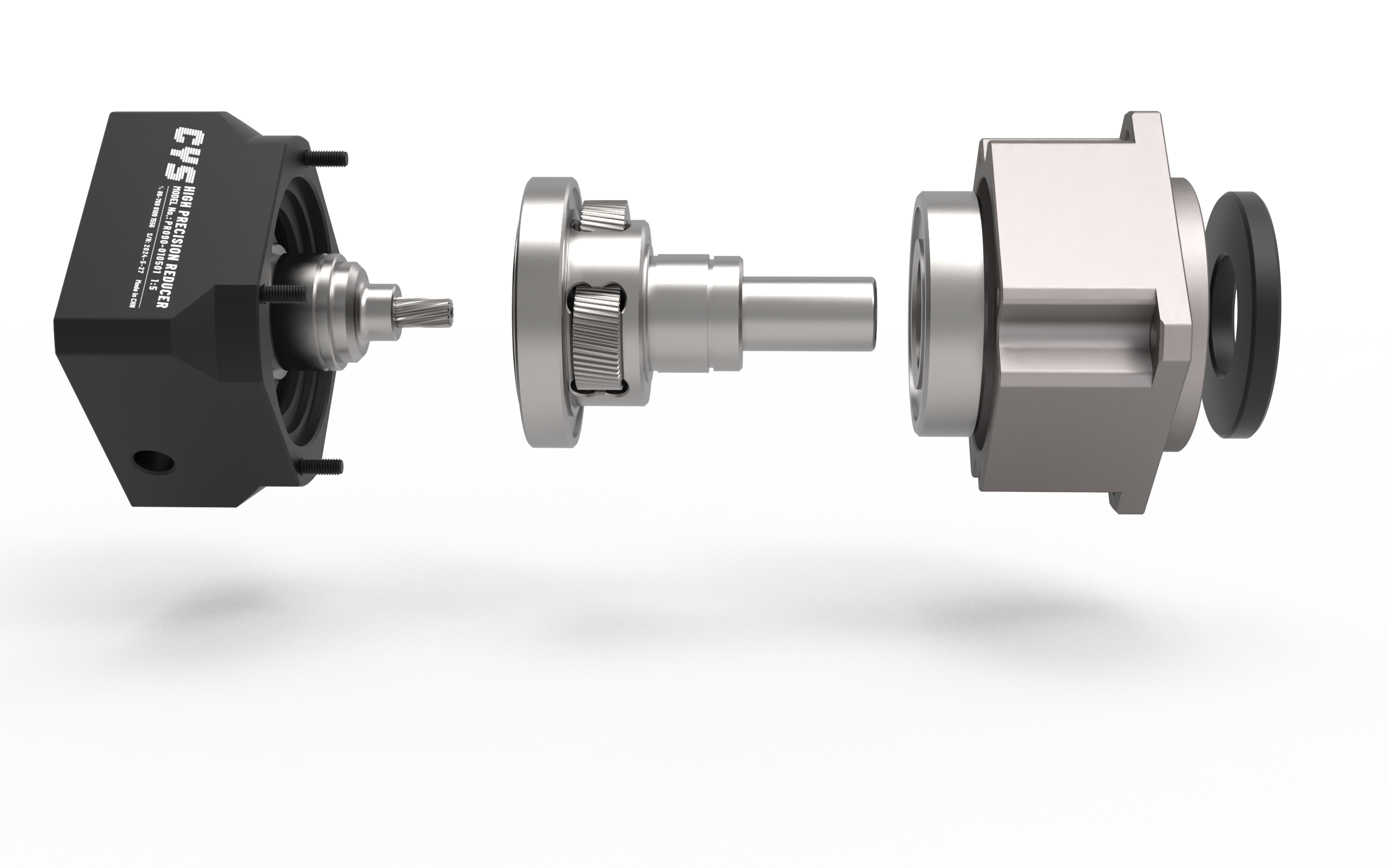
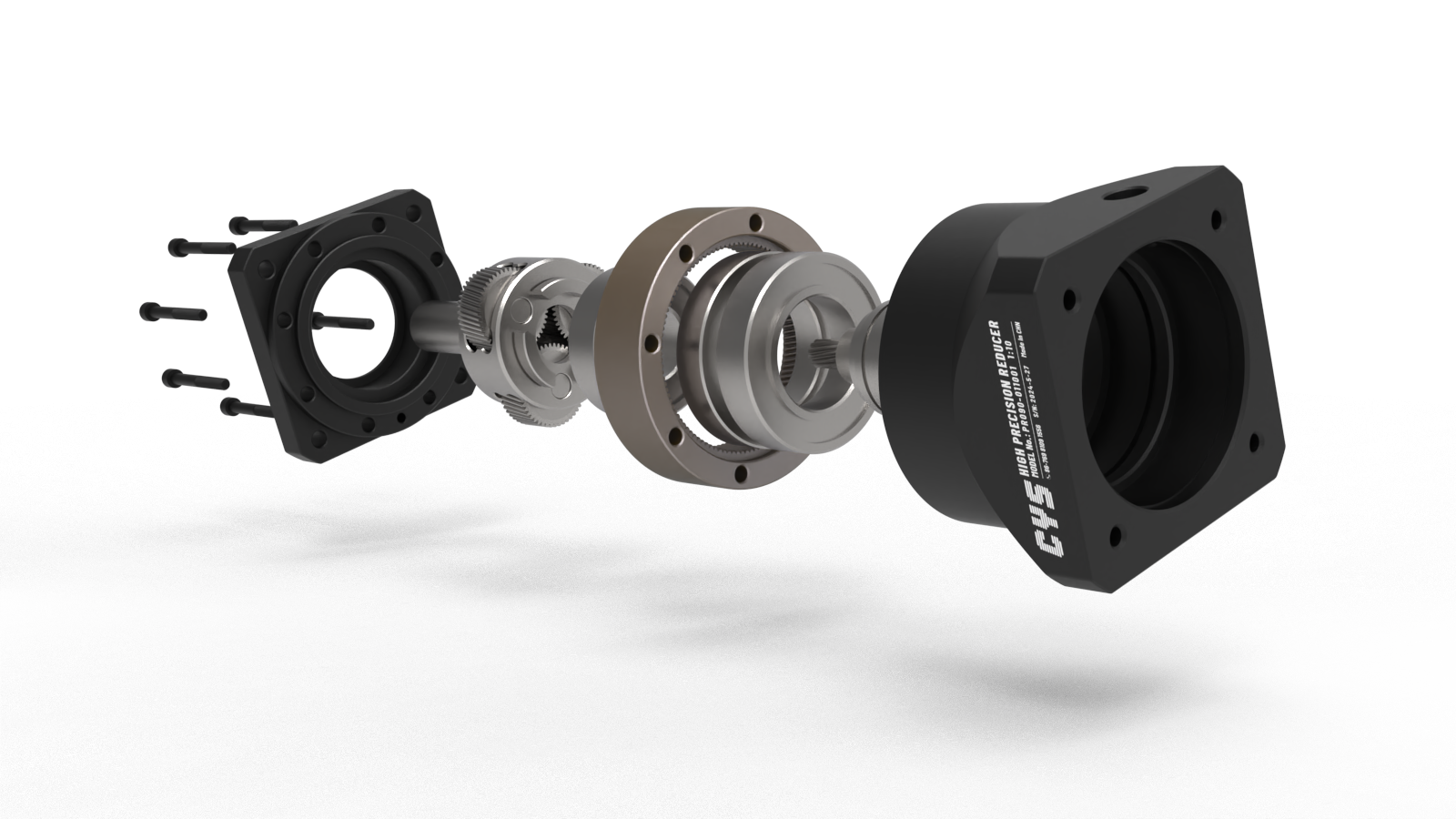
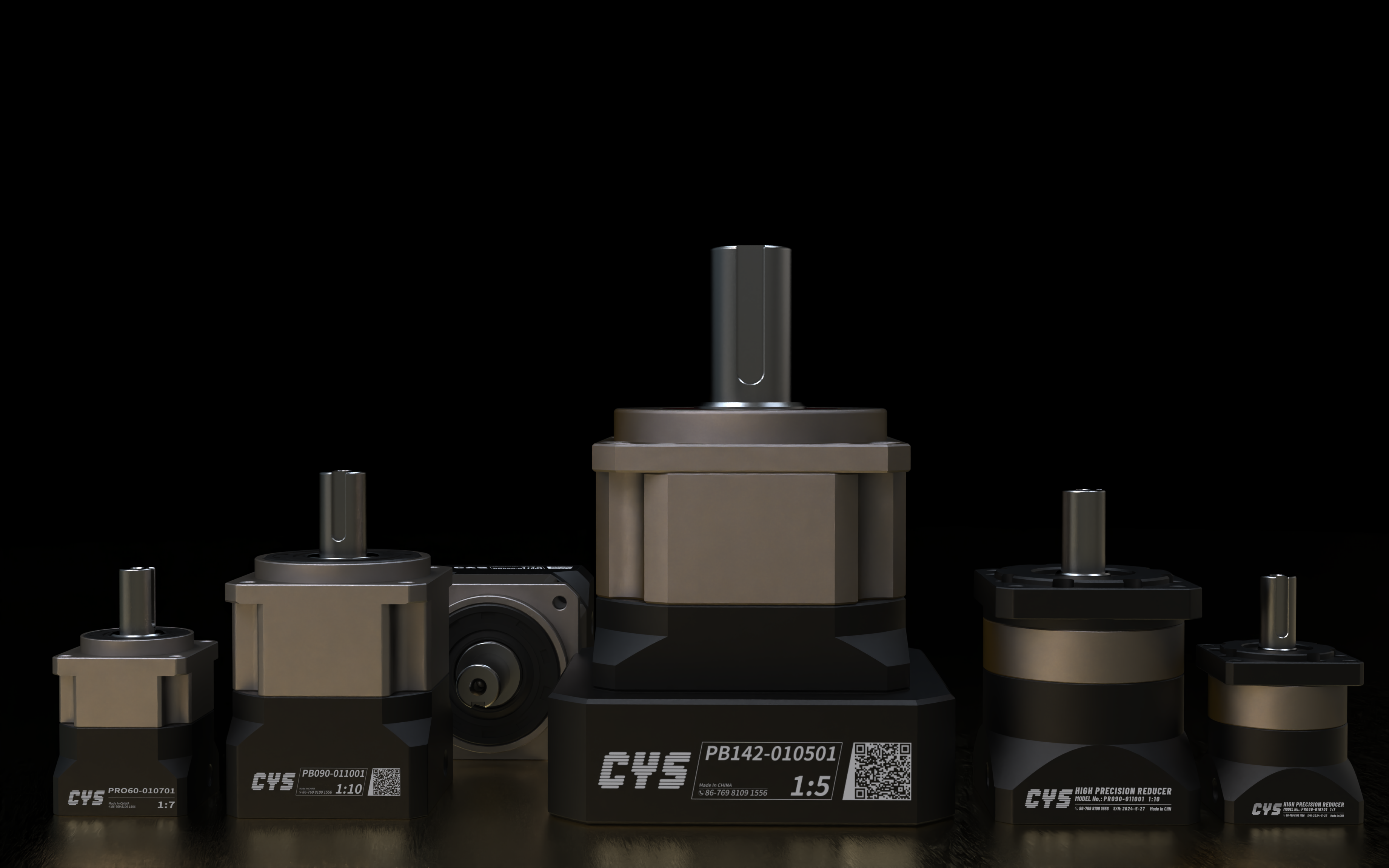
In the vast landscape of industrial realms, reducers stand as unsung yet indispensable heroes.
With their unique capability of decelerating and enhancing torque, they provide stable and
robust power support to a myriad of mechanical devices. Today, let us delve into the world of
reducers and explore how they have emerged as the intelligent choice for industrial power
transmission.
I. Definition and Role of Reducers
Firstly, let's clarify the definition of reducers. Serving as the bridge between motors and loads,
reducers transform the high-speed, low-torque power of motors into low-speed, high-torque
outputs through precise meshing of internal gears. This conversion process enables
mechanical equipment to operate smoothly under various working conditions, fulfilling
diverse production requirements.
II. Working Principle of Reducers
The working principle of reducers is not intricate, yet its design is exceedingly intricate. When
a motor starts, power is transmitted through the input shaft to the reducer's gearbox. Inside
the gearbox, multiple drive gears engage with each other at specific ratios, achieving a
reduction in speed and an increase in torque. Ultimately, the converted power is transmitted
through the output shaft to the load, driving it into motion.
III. Application Fields of Reducers
The application scope of reducers is exceptionally broad, encompassing virtually all industrial
sectors that require power transmission. From heavyweight machinery such as metallurgical
equipment and mining machinery, to precision devices like automation equipment and robotic
arms, and even everyday essentials like elevators and automatic doors, reducers play a pivotal
role.
IV. Advantages and Characteristics of Reducers
Efficient Transmission: Optimized gearbox structures minimize energy loss during power
transmission, enhancing transmission efficiency.
Strong Load-bearing Capacity: By boosting torque, reducers enable equipment to withstand
greater loads, prolonging service life.
Compact Design: A compact design makes reducers small in size and light in weight,
facilitating installation and maintenance.
Smooth Operation: High-precision gear meshing ensures smooth reducer operation, reducing
vibration and noise.
V. Selection and Maintenance of Reducers
Proper selection is the prerequisite for ensuring efficient reducer operation. When choosing
reducers, factors such as motor speed, load characteristics, and working environment must be
considered. Additionally, regular maintenance is indispensable, including checking gear wear,
replacing lubricants, and adjusting transmission clearances, to ensure long-term stable
reducer operation.
VI. Market Trends and Future Developments
As industrial technology advances, the reducer industry continues to innovate and evolve.
In the future, reducers will prioritize energy efficiency, intelligence, and modular design.
Furthermore, with the rapid development of new energy and smart manufacturing sectors,
the reducer market is poised to embrace even broader development prospects.
Conclusion
As a crucial component in industrial power transmission, the importance of reducers cannot
be overstated. By gaining a profound understanding of their definitions, working principles,
application fields, advantages, and market trends, we can better appreciate these heroes
behind the scenes in the industrial world. In the years to come, we have every reason to
believe that reducers will continue to play their unique roles, contributing even more
significantly to the advancement of industrial domains.
.



Contact us
